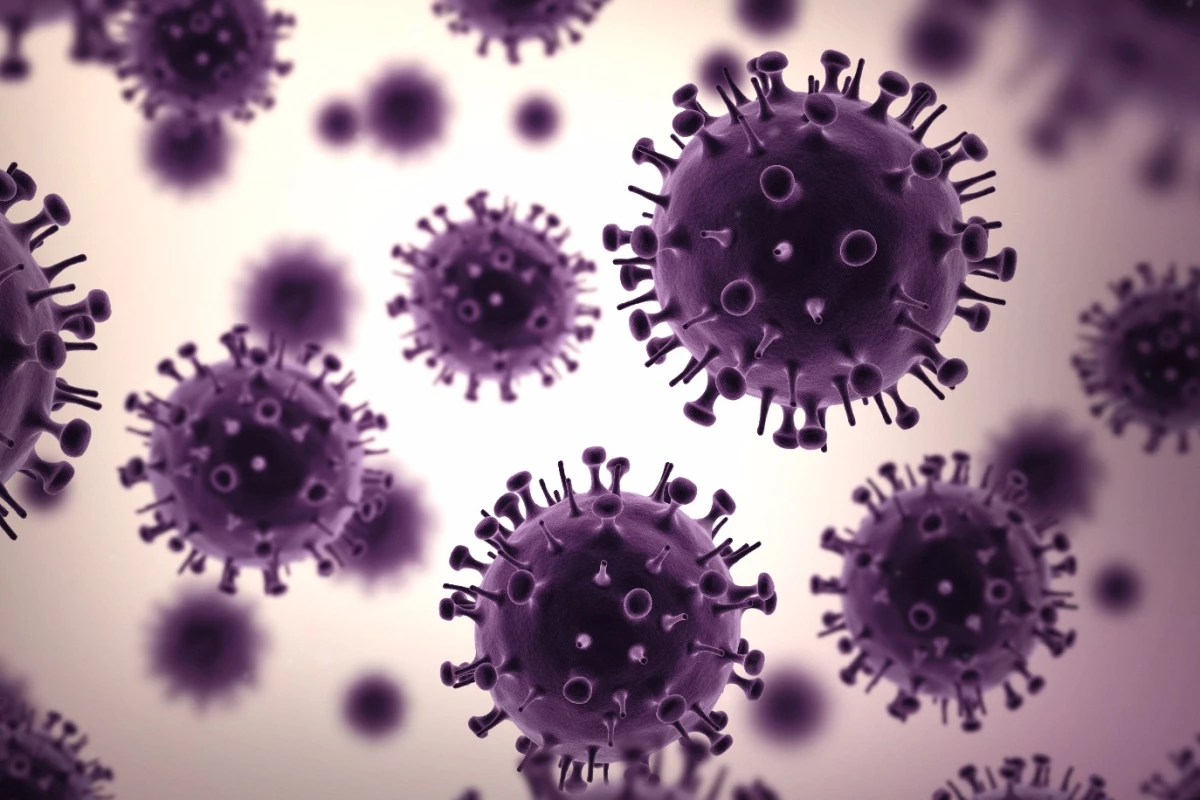It's not easy for bird flu to migrate to humans, but once there it can have wreak considerable havoc, with consequences that include death. For the first time scientists have zeroed in on the very narrow pathway that allows the passage of this type A influenza virus from birds to mammals, a discovery they say could one day enable them to shut the gate on the flu virus altogether.
"All human flu viruses in the world originally came from birds," explains Professor Wendy Barclay from Imperial College London and senior author of the new study. "However, luckily for us, viruses don't often jump from birds to people because the virus can't replicate in our cells. When they do transfer to humans, it's because the virus mutates in a number of ways. This enables it to gain a foothold inside the cell, and hijack the cell machinery to replicate."
The research conducted by Barclay and her team sought to figure out what mechanism drives the virus to mutate in order to infiltrate human cells, with hopes of identifying a new drug target to prevent the flu virus from replicating. This began with implanting fragments of chicken DNA into different sets of hamster cells to try and uncover where and how the virus was able to replicate in mammal tissue.
By observing in which cells the virus took hold, the team was eventually able to narrow it focus a single culprit, a protein called ANP32A. This avian protein also happens to exist in humans, albeit in a shorter form, and acts as a double agent of sorts, helping the virus to spread once it gets in the door. But only when the bird flu virus has a mutation that adapts it to this shorter form can it use this host protein to make the leap.
The team then conducted other experiments that showed that the ANP32A protein plays an important role in the spread of the seasonal flu virus in humans. So not only did they gained new insights into how bird flu makes its way into mammals, but have discovered a potential drug target to stop the spread of a more common variant infecting more than 800 million people around the world each year.
"Our experiments also showed that removing this host protein from cells stopped virus infection, suggesting it is very important for the virus," says Jason Long, lead author of the study. "The next stage is to start investigating treatments that may block this specific interaction between virus and cell, with the hope of stopping the virus in its tracks."
The research was published in the journal Nature.
Source: Imperial College London




